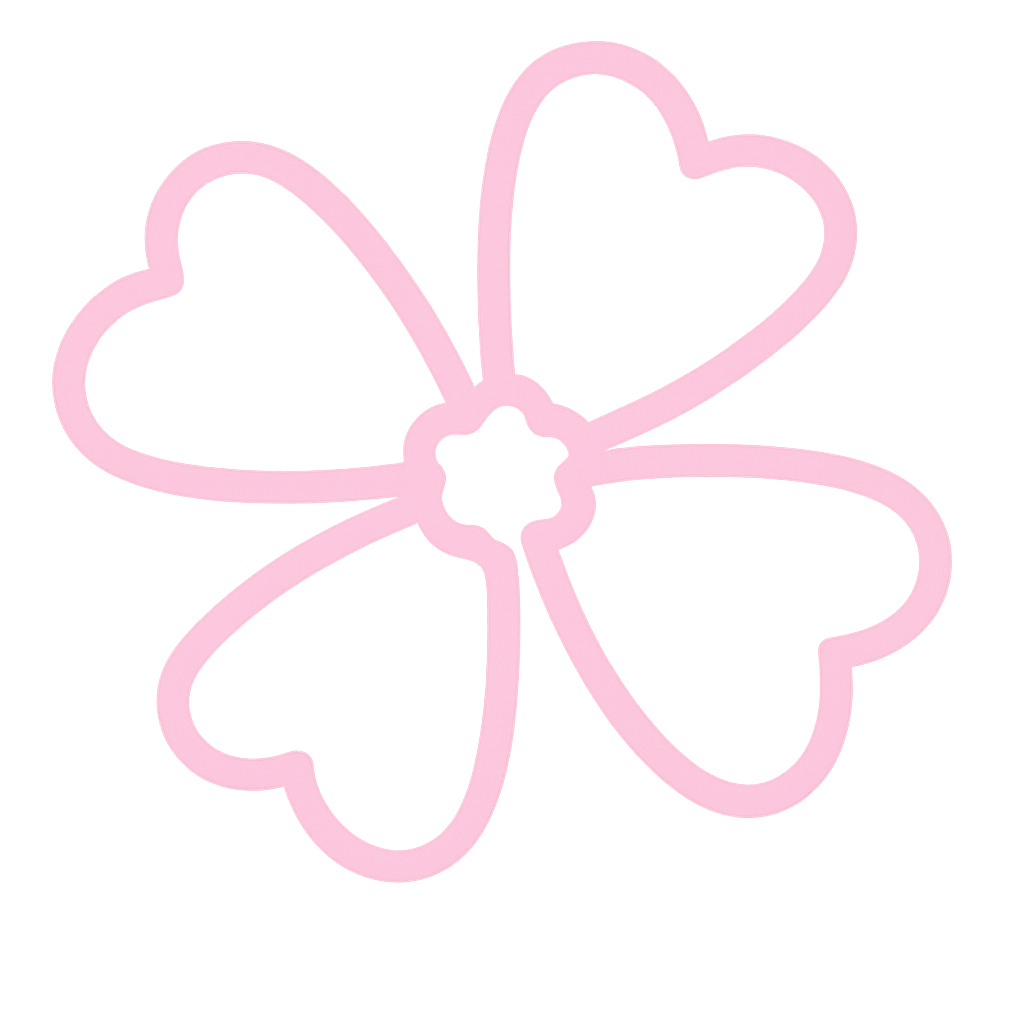Okay, so we need to talk about something that's been bugging me for ages 🤔 You know how Pinterest is basically design heaven, right? Every room looks like it belongs in a magazine, every space is perfectly curated... but here's what nobody tells you: the pros are holding back their *real* secrets. The ones that actually make spaces feel intimate, sensual, and designed for pleasure - not just pretty pictures.
I've been diving deep into this world, talking to interior designers who specialize in creating spaces for connection and intimacy. And tbh, what I discovered blew my mind. These experts have a whole arsenal of design tricks that never make it to those perfectly polished Pinterest boards. Why? Because they're too real, too personal, too focused on actual human experience rather than Instagram-worthy aesthetics.
The Lighting Game They Don't Want You to Know
Let's start with lighting because honestly, this is where most people completely miss the mark. You've seen those Pinterest bedrooms with their perfect white walls and bright overhead lighting, right? Well, here's the thing - that's the *opposite* of what creates intimate, sensual spaces.
Professional designers who work with couples know that the magic happens in the shadows. They use what's called "layered ambient lighting" - basically multiple light sources at different heights that create depth and mystery. Think bedside lamps with warm bulbs, string lights behind the headboard, and maybe a salt lamp in the corner.
But here's the secret sauce: they install dimmer switches on *everything*. Not just the main light - every single light source gets a dimmer. This way, you can adjust the mood throughout the day. Morning coffee? Bright and energizing. Evening wind-down? Soft and sultry.
One designer I spoke with mentioned that she always includes what she calls "flattering light zones" - areas where the lighting is specifically designed to make people look and feel their best. It's about creating spaces where you feel confident and beautiful, not exposed under harsh fluorescents.
Texture Secrets That Create Physical Connection
Pinterest loves its minimalist, clean-lined spaces. But real intimacy designers? They're all about texture, and I mean *all* about it. They layer different materials in ways that make you want to touch everything.
Here's what they do that you'll never see on those perfect boards: they mix unexpected textures. Velvet throw pillows next to rough linen sheets. A faux fur rug beside a smooth leather ottoman. The goal is to create what one expert called "a tactile journey" through your space.
And here's something wild - they actually consider how fabrics feel against bare skin. Because let's be real, when you're creating intimate spaces, skin contact matters. They choose materials that feel amazing to touch, not just look good in photos.
Silk curtains aren't just pretty - they feel incredible when they brush against you. That chunky knit throw isn't just cozy-looking - it's designed to make you want to snuggle up. Every texture choice serves a purpose beyond aesthetics.
The Psychology of Color (That Goes Way Beyond "Mood")
Okay, so Pinterest will tell you that certain colors create certain moods. But intimacy designers go *way* deeper than that. They understand color psychology on a level that's almost scientific.
For example, did you know that certain shades of red can actually increase physical arousal? Not bright, aggressive red - we're talking deep, wine-colored reds that feel rich and luxurious. These designers use this knowledge strategically, incorporating these colors in small doses through artwork, accent pillows, or even just a single statement wall.
But here's where it gets really interesting - they also consider how colors look in different types of lighting. That gorgeous sage green might look perfect in natural daylight, but how does it look under warm lamplight at night? Professional intimacy designers test their color choices in the actual lighting conditions where they'll be experienced most.
They also use what's called "color temperature progression" throughout a space. Cooler colors in areas meant for conversation and connection, warmer colors in spaces designed for relaxation and intimacy. It's like creating an emotional journey through your home.
Furniture Placement That Actually Makes Sense
Pinterest rooms look amazing, but try actually living in them and you'll quickly realize they're designed for photos, not real life. Intimacy designers think completely differently about furniture placement.
First off, they create what they call "conversation nooks" - spaces where two people can sit close enough to touch without it feeling forced or awkward. This might mean angling chairs toward each other instead of facing a TV, or choosing a loveseat over a massive sectional.
But here's the genius part: they design for different types of intimacy. Sometimes you want to be close and connected. Other times, you want to be in the same space but doing your own thing. They create zones that support both - maybe a reading corner where you can be together but independent, and a cozy spot where you naturally end up snuggled together.
They also think about pathways through the room. How do you move from one area to another? Is there a natural flow that encourages interaction, or do you have to awkwardly navigate around furniture? The best intimacy designers create spaces that feel effortless to move through.
Scent Design (Yes, That's a Real Thing)
This is probably the biggest secret that never makes it to Pinterest: professional designers plan for scent just as carefully as they plan for color and lighting. And ngl, once you understand this, you'll never think about your space the same way.
They layer scents throughout the day using different methods. Maybe a subtle reed diffuser with sandalwood for daytime, candles with vanilla and amber for evening, and fresh flowers that add a natural element. The goal is to create scent memories - so that certain fragrances become associated with intimacy and connection in your space.
But here's what's really smart: they choose scents that complement each other rather than compete. Everything works together to create what one designer called a "scent story" that unfolds as you move through the space and as the day progresses.
They also consider how scents interact with the people using the space. Some fragrances can be overwhelming or trigger sensitivities, so they opt for subtle, natural scents that enhance rather than dominate the sensory experience.
The Art of Strategic Imperfection
Here's something that would make Pinterest users gasp: intimacy designers intentionally include imperfections in their spaces. Not mess or clutter, but what they call "lived-in elements" that make a space feel human and approachable.
This might mean leaving a book open on the nightstand, having a throw blanket casually draped over a chair, or displaying personal photos that aren't perfectly arranged. These elements signal that real people live and love in this space - it's not just a showroom.
They also create what one expert called "discovery moments" - little details that you only notice when you're really present in the space. Maybe it's a beautiful texture you only feel when you lean back against a pillow, or artwork that reveals different details depending on the lighting.
Technology Integration That Doesn't Kill the Mood
Pinterest spaces often ignore technology entirely or showcase it in ways that feel cold and disconnected. But intimacy designers have figured out how to integrate tech in ways that actually enhance connection and sensuality.
Smart lighting systems that can be controlled from your phone, speakers that are invisible but provide amazing sound quality, and even smart thermostats that learn your preferences and adjust automatically. The key is making technology feel seamless and intuitive, not complicated or intrusive.
They also think about how technology can enhance intimacy rather than distract from it. Maybe that means a sound system that can play different music in different zones, or lighting that can be adjusted without getting out of bed. It's about using tech to create more connection, not less.
Creating Spaces for Different Types of Intimacy
This is where intimacy designers really shine - they understand that intimacy isn't one-size-fits-all. Sometimes you want passionate connection, other times you want gentle closeness, and sometimes you just want to feel deeply relaxed and comfortable in your own skin.
They design spaces that can transform to support different moods and needs. Maybe it's lighting that can go from bright and energizing to soft and sultry with the touch of a button. Or furniture that can be rearranged easily to create different experiences.
The goal is creating a space that feels like it was designed specifically for you and your partner, not for a magazine photo shoot. It's about understanding how you actually live and love, then designing around that reality.
Why These Secrets Stay Secret
So why don't these amazing techniques show up on Pinterest? Honestly, it comes down to a few things. First, these spaces are deeply personal - they're designed for the people living in them, not for public consumption. They might not photograph as dramatically as those stark, minimalist spaces, but they feel infinitely better to actually experience.
Second, there's still some discomfort around openly discussing design for intimacy and sensuality. It's easier to talk about "cozy" or "romantic" in abstract terms than to get specific about creating spaces that support physical and emotional connection.
And finally, these techniques require more thought and customization than the one-size-fits-all solutions that perform well on social media. They're about understanding your specific needs, preferences, and lifestyle, then creating something unique rather than copying a trending look.
Getting Started: Your First Steps
If you're feeling inspired to try some of these techniques (and I really hope you are!), start small. Pick one element - maybe lighting or scent - and experiment with how different choices make you feel in your space.
Pay attention to your body's responses. Do certain lighting levels make you feel more relaxed? Do specific scents make you want to linger in a room longer? Your own experience is the best guide for what works in your unique space.
And remember, this isn't about creating a perfect Instagram moment. It's about designing a space that supports the kind of connection and intimacy you want in your life. That's going to look different for everyone, and that's exactly the point.
Final Thoughts
The truth is, the best design secrets aren't hiding because they're complicated or expensive - they're hiding because they're deeply personal and focused on actual human experience rather than social media performance. These intimacy designers understand something that Pinterest often misses: the most beautiful spaces are the ones that make you feel amazing when you're in them, not the ones that look perfect in photos.
Your space should be designed for your pleasure, your connection, your specific way of living and loving. And honestly? That's going to be so much more satisfying than any trending aesthetic could ever be 💕
So go ahead, break some Pinterest rules. Create spaces that feel as good as they look. Your future self (and your partner) will thank you for it.




